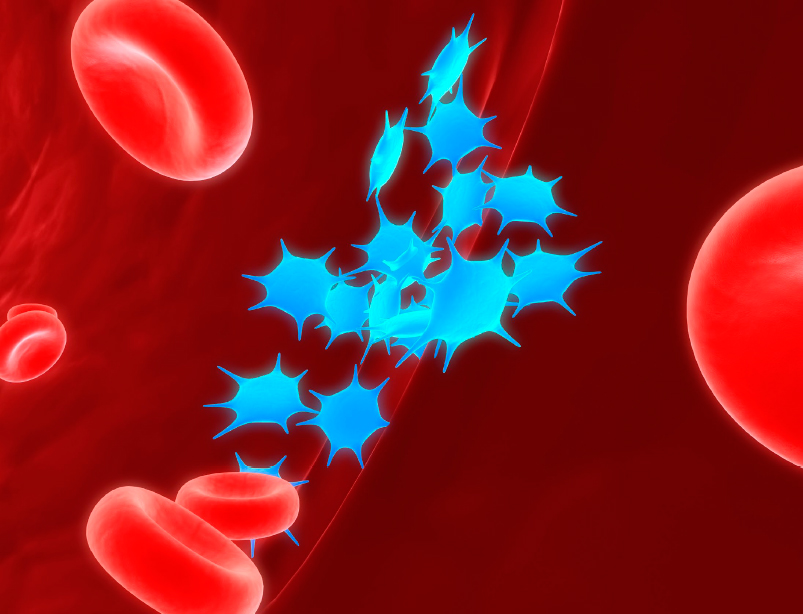
Cardiovascular diseases are the leading cause of death in developed nations, and coronary artery disease (CAD), including heart attack, is the most common of these cardiovascular diseases. The antecedents of CAD are the buildup of cholesterol and other fatty materials in the walls of the coronary arteries that provide oxygen-rich blood to the heart. This buildup forms an atherosclerotic plaque, which promotes clot formation, potentially blocking blood flow—sometimes with a fatal outcome.
Nondrug measures slowing the progression of CAD include diet, exercise, and smoking cessation. Drug approaches include reducing cholesterol levels and interfering with the clumping of blood platelets. Aspirin and Plavix are the most commonly used oral anti-platelet drugs. These drugs vary in how they prevent platelets from clumping and show modest differences in their effectiveness, but they have a daily cost differential of pennies vs. dollars.
Neither drug breaks up existing clots. When taken immediately after a heart attack, aspirin reduces the risk of another heart attack or the death of heart tissue. Used on a chronic basis, aspirin prevents heart attack and stroke in individuals with a history of cardiovascular diseases, but its analogous benefits for those with no cardiovascular problems remain unclear. Its use for one to six months is also recommended after stents are placed in the coronary arteries.
Plavix (clopidogrel), approved for use in 1997 and for many years the world’s second-best-selling drug, has been approved for use to prevent heart attack and stroke only in patients at risk for these problems. Plavix has been shown to be slightly more effective than aspirin, and their combination provides greater protection than aspirin alone. However, this combination also places patients at a greater risk of internal bleeding.
Plavix is a pro-drug, which means that to exert its anti-platelet effects it must first be metabolized by a liver enzyme (CYP2C19) to its active form. Some 2–14 percent of Americans are “poor metabolizers” and may be unable to derive the maximum protective benefits from Plavix.
SEE ALSO Aspirin (1899), Heparin (1916), Warfarin (1940), Mevacor (1987), tPA (1987), Pradaxa (2010).

Plavix is a very widely prescribed drug used to prevent the clumping of blood platelets (star-shaped cells) circulating in blood vessels. By reducing the risk of clot formation, it lessens the potential for heart attack and stroke.